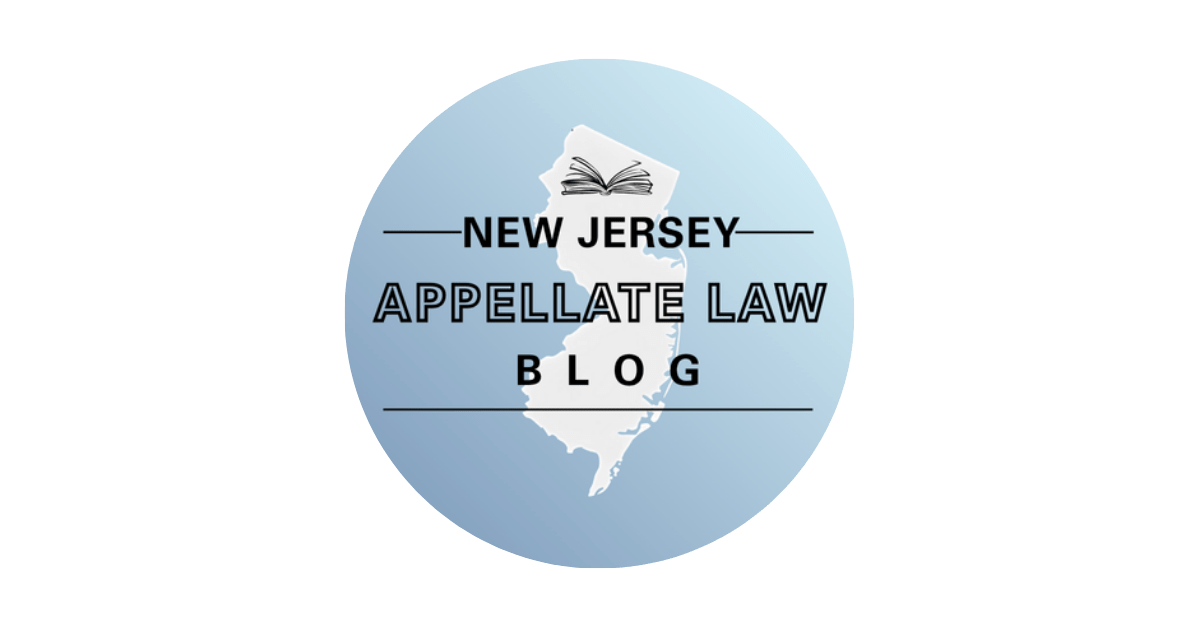Russi v. City of Newark, ___ N.J. Super. ___ (App. Div. 2022). [Disclosure: My firm, Lite DePalma Greenberg & Afanador, LLC, represents the City of Newark in certain matters, but was not involved in this case]. Many tort claims against municipalities involve defenses arising out of immunities the New Jersey Tort Claims Act, N.J.S.A. 59:9-1 et seq. (“TCA”). But the TCA is not the only statutory source of immunity in certain circumstances, as this concise opinion by Judge Mayer shows.
Judge Mayer described the facts as follows. “On December 3, 2016, plaintiff suffered significant injuries when a section of a tree fell and pierced the windshield of his car while he was traveling on Union Valley Road in West Milford. The fallen limb came from a tree located in the Pequannock Watershed, a 35,000-acre natural resource area owned by the City (City’s watershed property). Union Valley Road bisects a portion of the City’s watershed property. The County owns Union Valley Road. It is responsible for the road and a twenty-five-foot right-of-way extending from the centerline of the road out to each side of the roadway. The tree with the broken limb stood beyond the County’s right of way.”
Plaintiff used the County and the City. The County won summary judgment because plaintiff, relying on N.J.S.A. 59:4-2, had to prove that the tree from which the limb fell was located on County property. Plaintiff failed to do that because the tree was on City property. Applying de novo review, Judge Mayer’s opinion readily affirmed summary judgment for the County for that reason.
The City got summary judgment at the Law Division as well, based on immunities from multiple sources. Those included immunity under the Landowner’s Liability Act, N.J.S.A. 2A:42A-8.1, the unimproved public property immunity under the TCA, N.J.S.A. 59:4-8, and common law immunity. In affirming the summary judgment for the City, however, Judge Mayer went no further than the LLA immunity.
“N.J.S.A. 2A:42A-8.1 provides immunity to an owner of premises on which ‘a conservation restriction is held by the State, [or] a local unit . . . . and upon which premises[,] subject to the conservation restriction[,] public access is allowed, or of premises upon which public access is allowed pursuant to a public pathway or trail easement held by the State, [or] a local unit . . . .'” “Local unit,” Judge Mayer noted, includes a municipality, under N.J.S.A. 13:8B-2(c).
Plaintiff offered three arguments for reversal as to LLA immunity. Judge Mayer dispatched all of them with very little ado.
“First, plaintiff claims Union Valley Road is not a public pathway or trail easement. According to legislative statements accompanying the 2001 amendment to the LLA, the statute applies to land on which ‘public access is allowed’ in addition to ‘a public pathway or trail easement.’ Assembly Judiciary Comm. Statement to A. 3035 (May 7, 2001). Plaintiff clearly used Union Valley Road for public access purposes, supporting the application of the LLA.
Second, plaintiff contests the validity of the conservation easement on the City’s watershed property. We reject this argument because there is a deed, signed by the City’s mayor and properly notarized, creating a conservation easement that included the block and lot number of the property where the tree with the broken limb was located.
Third, plaintiff asserts the Legislature did not envision application of the LLA to pre-existing roads. Plaintiff’s argument ignores that the LLA’s stated purpose of preserving open space and providing more opportunities for public recreation applied to the City’s watershed property. N.J.S.A. 2A:42A-5.1. Nothing in the LLA precludes its application to existing roads located in areas designated for open space and public recreation.”
There were exceptions to LLA immunity, Judge Mayer observed. But none of them applied here. “Plaintiff cannot satisfy the exceptions under N.J.S.A. 2A:42A-8.1(a)(1) to (3) to overcome the LLA’s absolute immunity. Plaintiff never met his burden of proving the City willfully failed to warn against a dangerous condition or acted in a grossly negligent manner. There is no proof the City knew the tree on its property was dangerous. No complaints were made to the City regarding the specific tree. Nor was plaintiff using the City’s watershed property for sport or recreational purposes.” Accordingly, both the City and the County prevailed.

